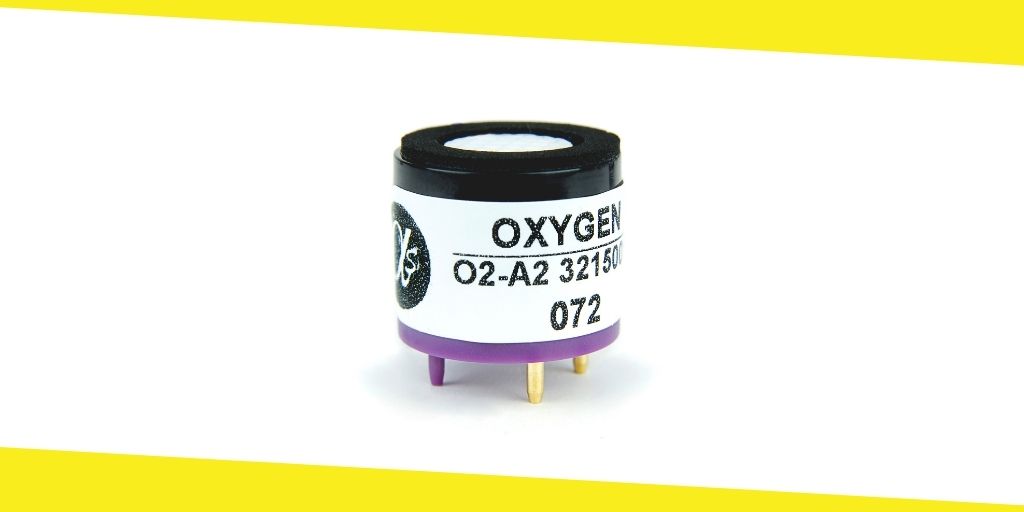Ventilators, Medical Oxygen Sensors, and COVID-19

Over the last year, the demand for oxygen ventilators has flown through the roof to assist coronavirus patients. In this article, we’ll discuss medical oxygen sensors, their use in ventilators, and how it all matters in the global fight against Covid-19.
Let’s begin!
Contents
ToggleOxygen Ventilators
Oxygen ventilators like the ones used in medical facilities combine supplemental oxygen with the mechanical ventilator action.
These ventilators control air pressure, volume, flow, and rate, through a feedback loop formed by the patient’s own breathing. Oxygen ventilators hence use much more than just a mechanical squeeze bag.
As lung damage patients may not be able to get enough oxygen to their blood from air naturally, the pressurized tanks in oxygen ventilators contain medical-grade oxygen, mixed with humidified and filtered ambient air to supply the patient with an oxygen-rich air mixture. Depending on the trauma’s severity, as high as 100% oxygen may be needed.
Medical Oxygen Sensors
Now that we’ve discussed the basics of ventilators, let’s talk about one of their most essential parts—medical oxygen sensors. They’re used to monitor and control the oxygen levels of any respiratory disease patient (such as covid-19) on a ventilator. They measure the levels of oxygen in both, the gas being supplied to the patient, and also the oxygen level in the exhaled air, known as end-tidal oxygen (ET02) in medical terms.
To control the levels of oxygen, ventilator manufacturers generally make use of FDA-approved electrogalvanic sensors. Often known as ‘disposable oxygen sensors,’ they’re comparatively cheap and reliable for measuring 0-100% oxygen levels.
Some of their disadvantages include a short lifespan and slow performance. Moreover, they can also be poisoned, and happen to be cross-sensitive to many different gases.
Electrogalvanic sensors are also pressure and temperature dependent, requiring several compensations and the right conditions to perform optimally. They are easy to operate though, and their design is meant to cater to the needs of ventilator manufacturers.
Some sensor manufacturers also offer medical-grade 0-100% electrochemical oxygen sensors. While this medical oxygen sensor type is slower than electrogalvanic ones, they’re more accurate, lower in cost, and last as long as two to three years. However, both of these sensor types share factors like cross-sensitivity to other gases, and reliance on pressure, humidity, temperature, etc.
Both types of oxygen sensors can be easily found online by googling ‘medical oxygen sensors.’ Though if you’re looking to have an overview of various oxygen sensor products, visit here.
More and more manufacturers are looking to innovate cheaper ventilator models in the market, considering the booming demand for them under the current outbreak. Currently, the challenges they’re facing in creating new ventilators using medical-grade 0-100% O2 sensors include;
- Most sensors are designed and manufactured targeting a specific ventilator, making it trickier to use them in newly innovated designs. Additionally, tech support and documentation for the sensor, including information like output signals and power requirements, is scarce to find on the web.
- Most oxygen sensors are already short in supply due to the outbreak, which means it doesn’t make much sense to design new ventilators that use the same sensor that’s already in high demand during the crisis.
Engineers are hence looking to design ventilators without oxygen sensors as their key component.
Recommended For You
How NDIS Positively Impacts Disability Care and Support in Australia
Most Inside
Most Inside offers high-quality recommendations and valuable updates to enhance all aspects of your life, providing premium guidance and enriching experiences.




